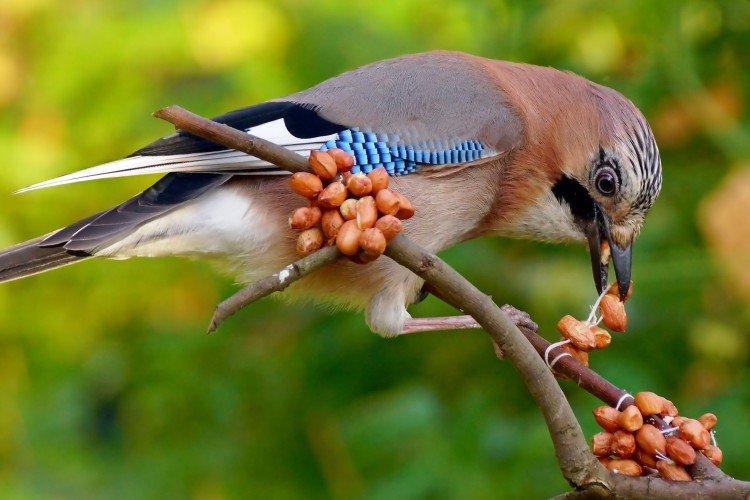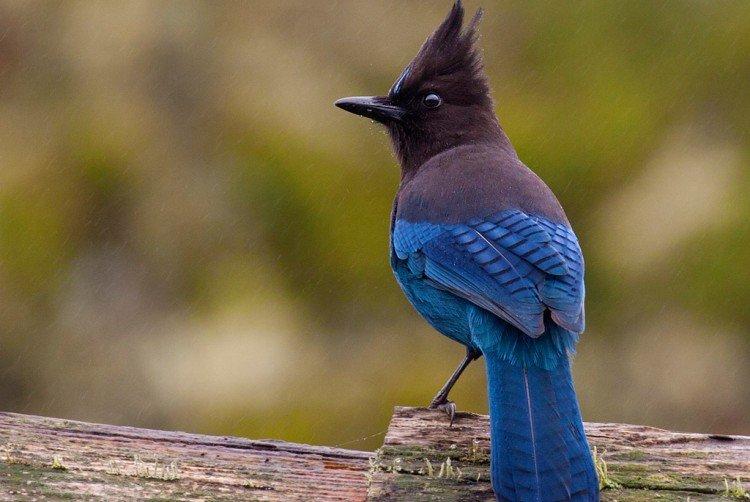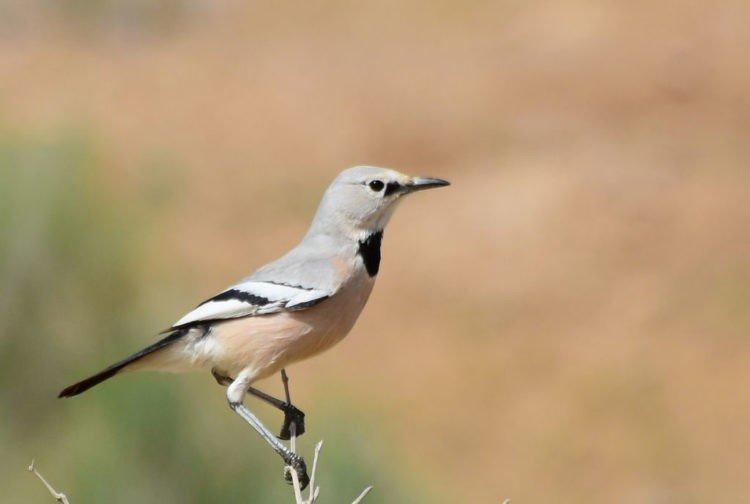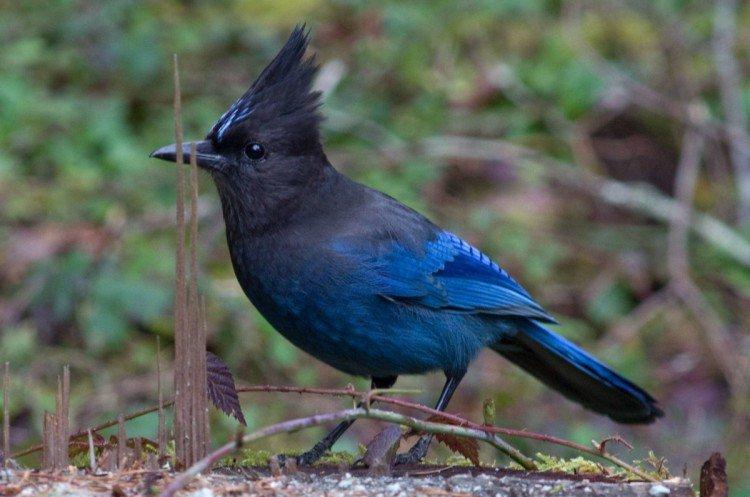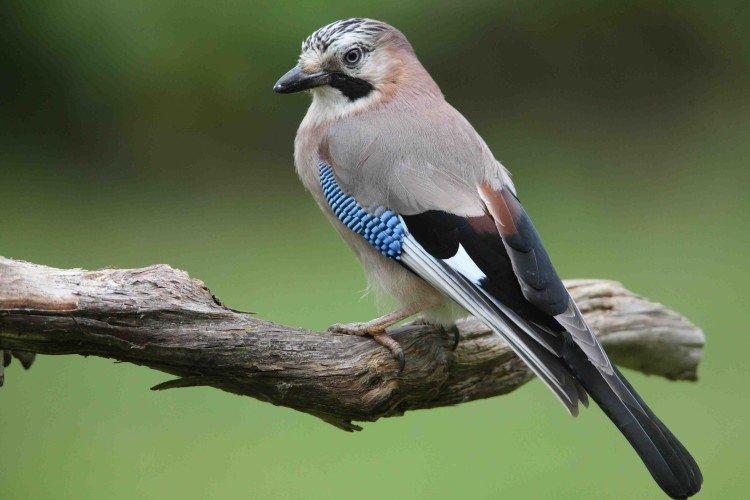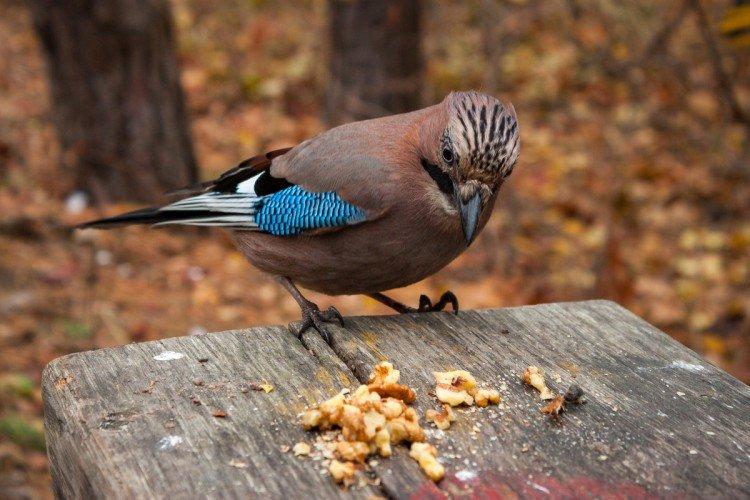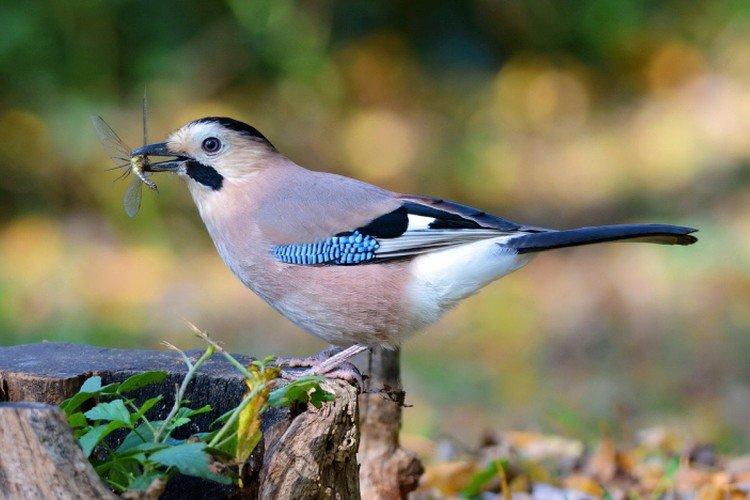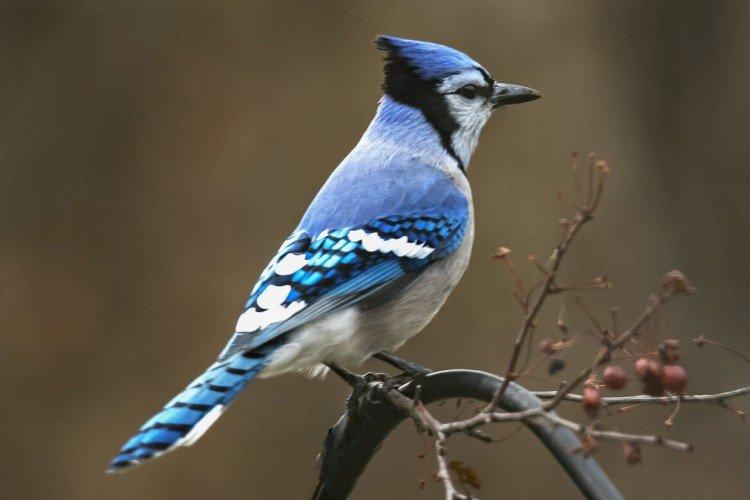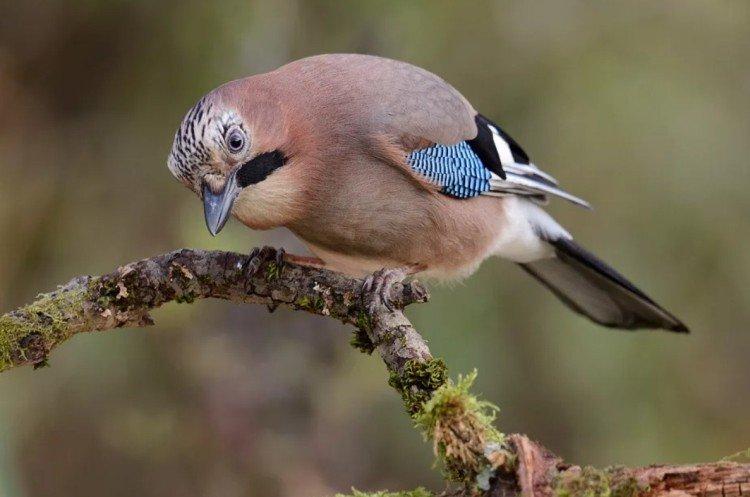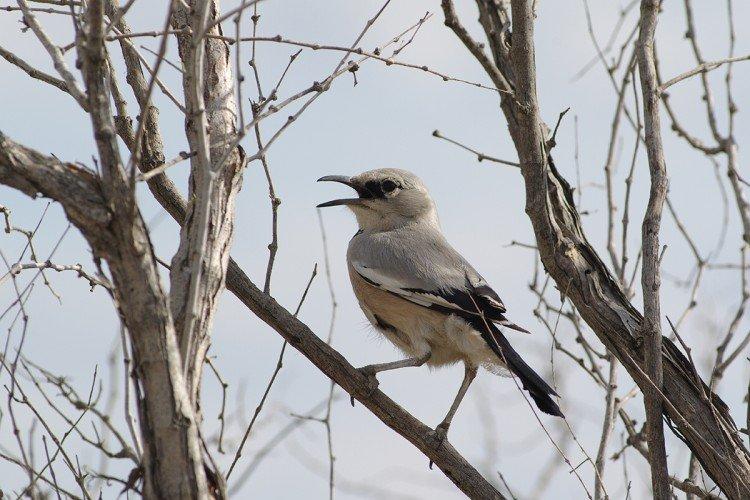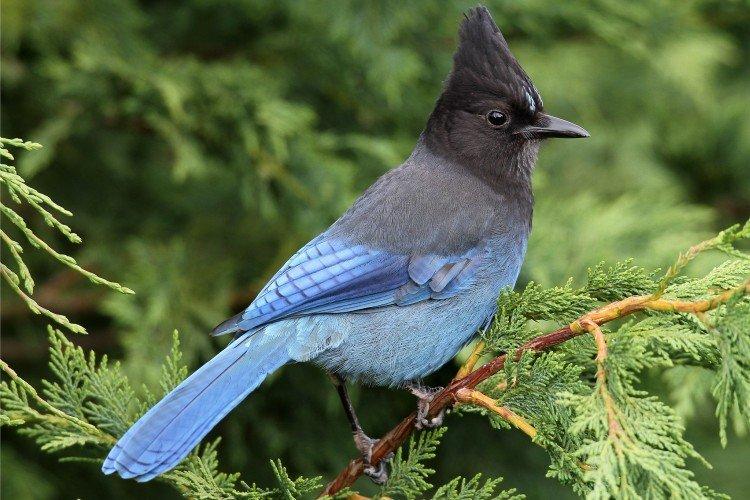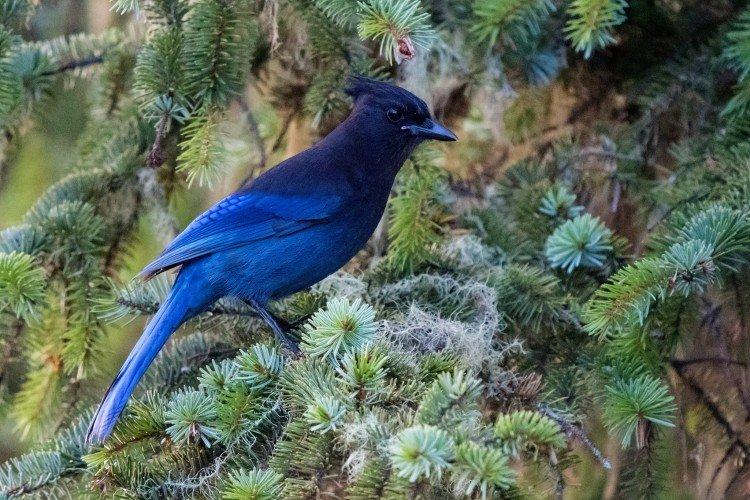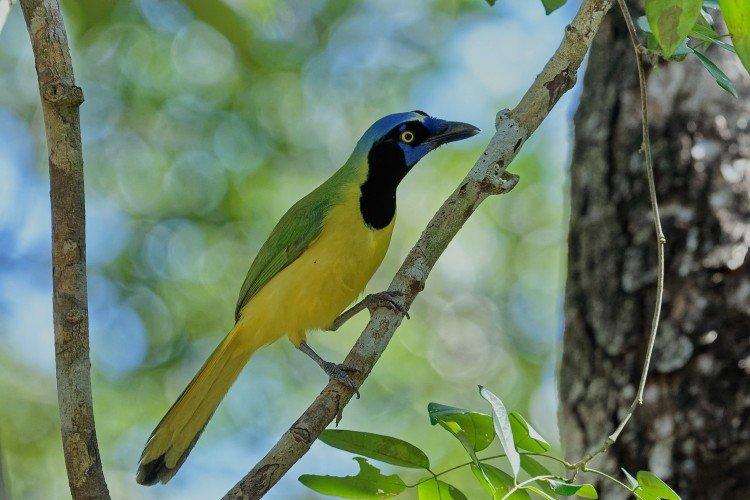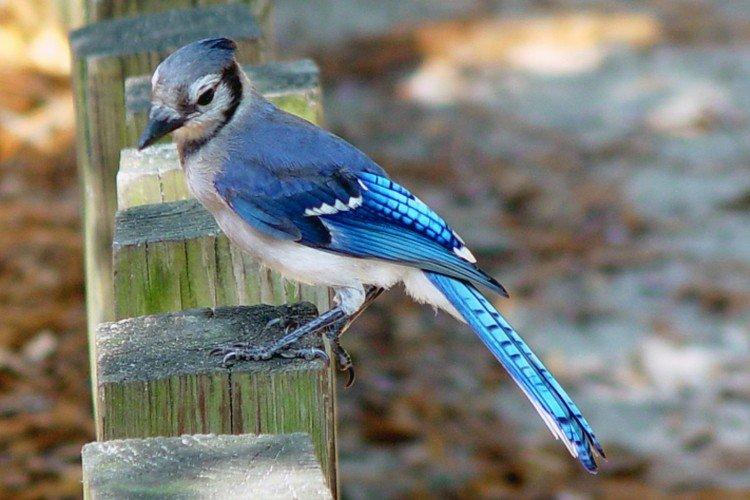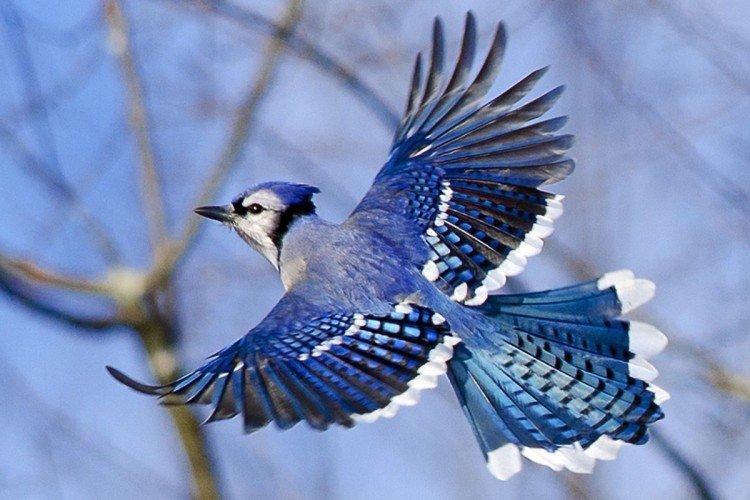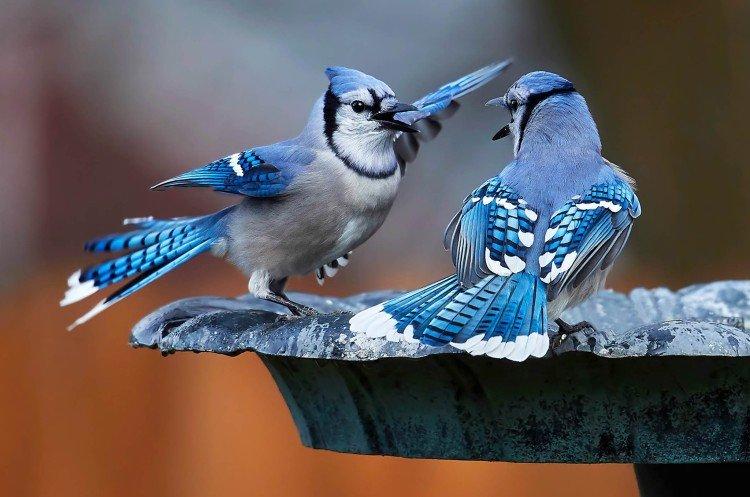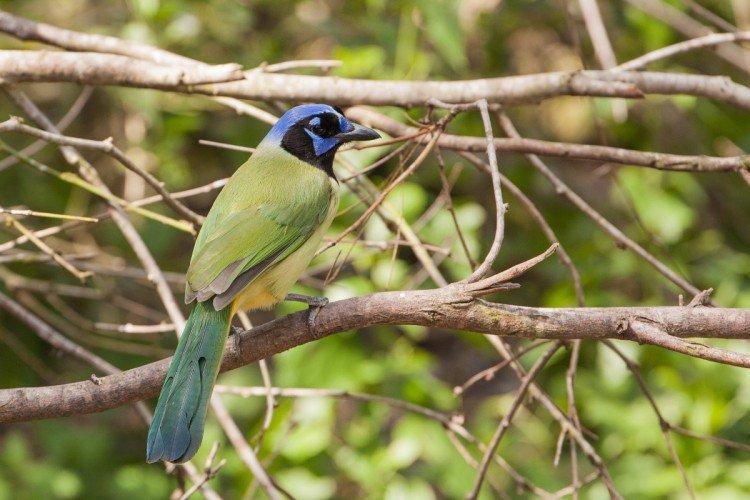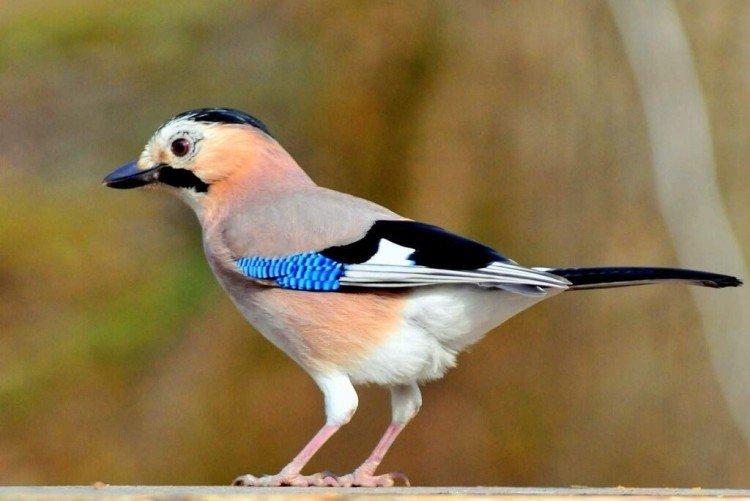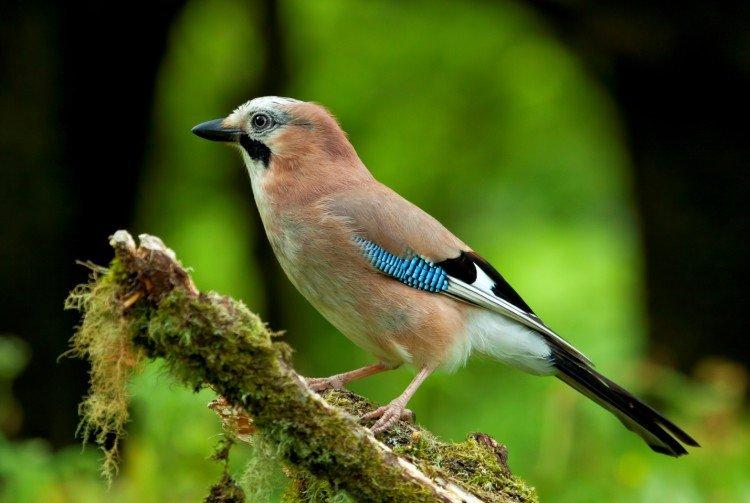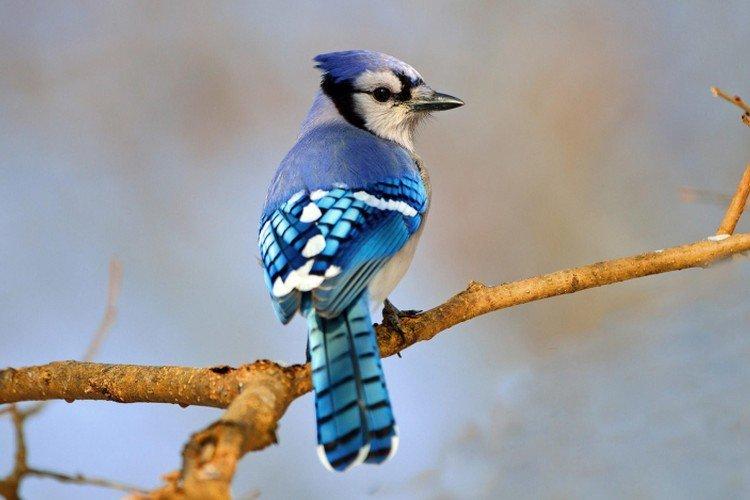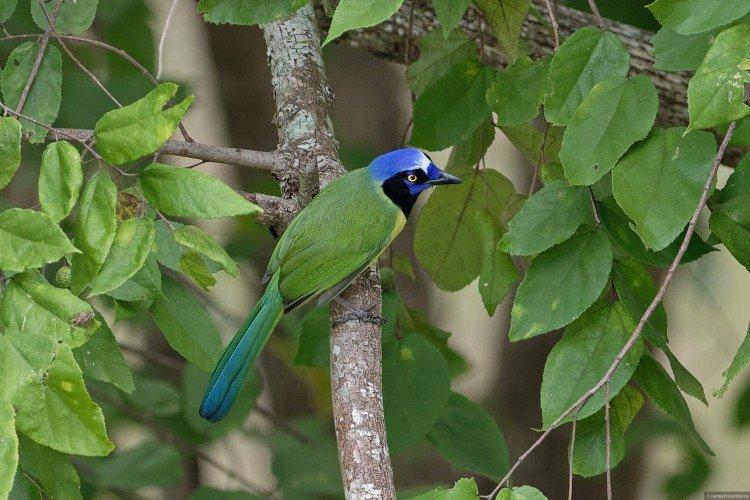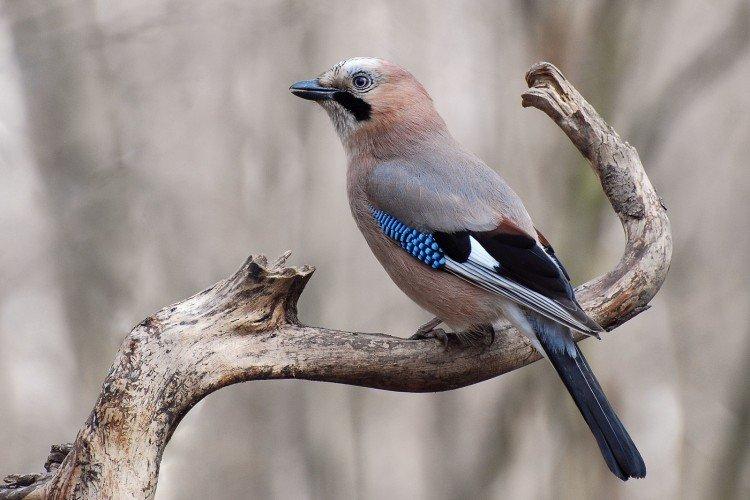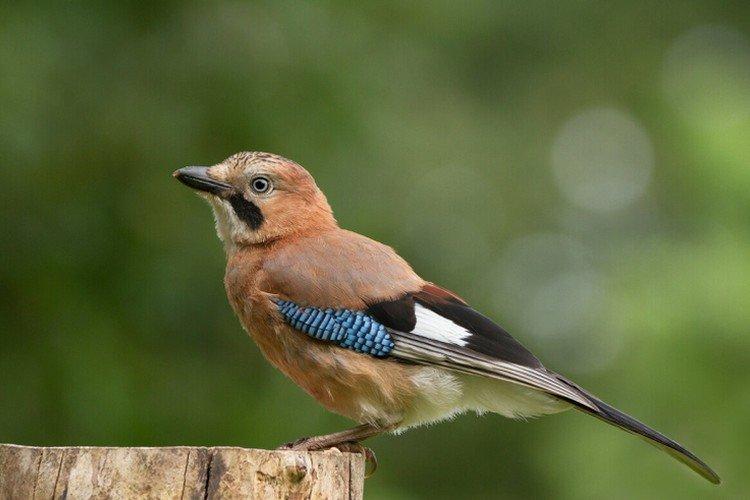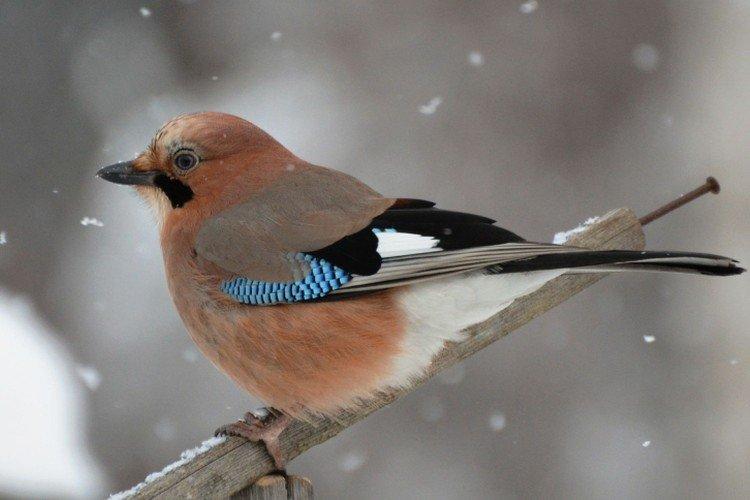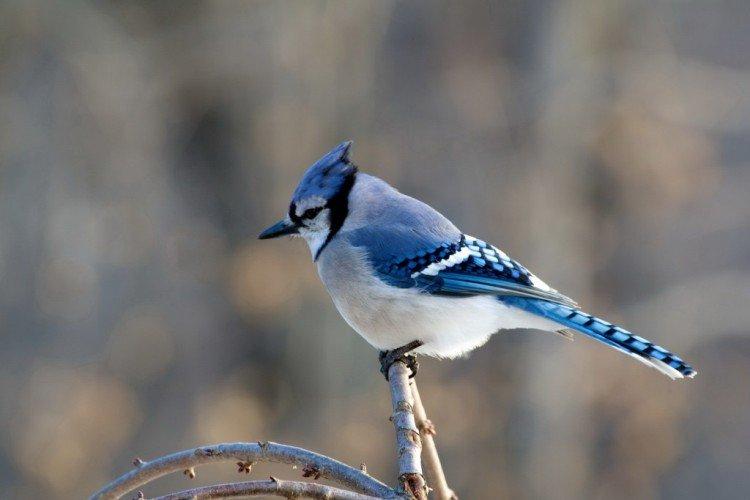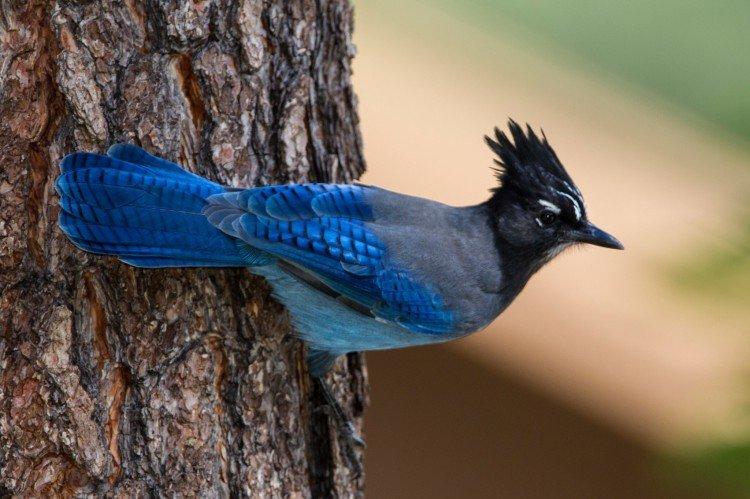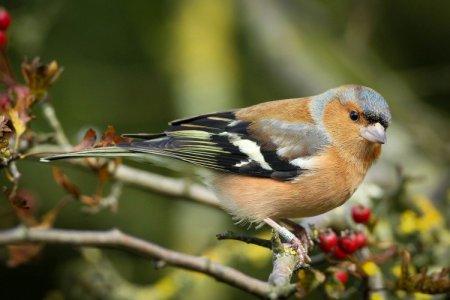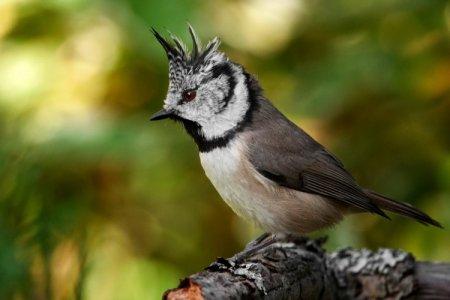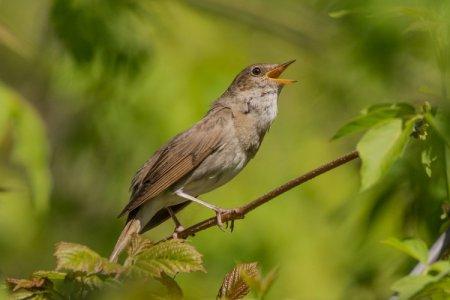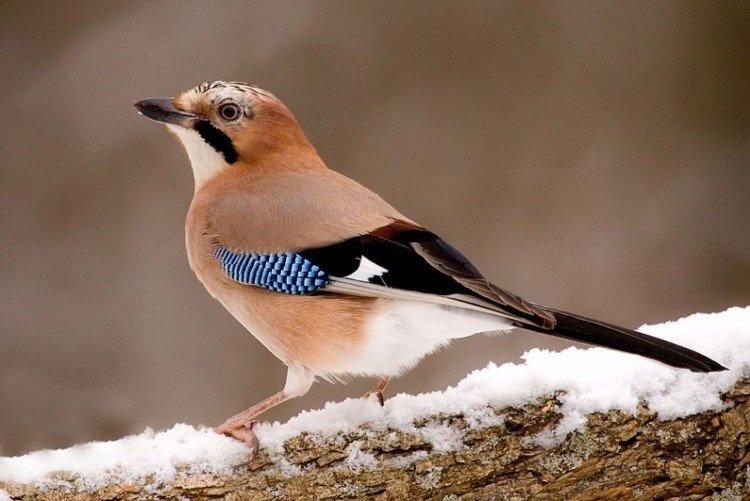
The iridescent plumage of the jay can be easily compared to exotic birds. But at the same time, they are very difficult to see in nature. But hearing is easy! Jays not only sing their own songs, but also masterfully imitate other sounds.
general description
Now it is already difficult to say unequivocally where the name of the jay came from. Presumably, it arose due to the shining plumage. Jays are bred into a separate genus and belong to the corvids along with jackdaws, crows and rooks.
Appearance
In size, the jay resembles a jackdaw - up to 37 cm in length with its tail. The average weight is about 150 g, and the wingspan is 55 cm. There are larger and smaller individuals, and in addition, different species are different.
Jays have a reddish-brown body with a slight pink tint and bright blue feathers on the sides. They have a black tail and wingtips with white inserts, and the same dark beak.
The jay has a funny crest on its head, which becomes even more disheveled if the bird is worried. They have a loose, fluffy plumage, which makes the body seem larger than it really is. A large beak and thin, tenacious fingers with sharp claws stand out.
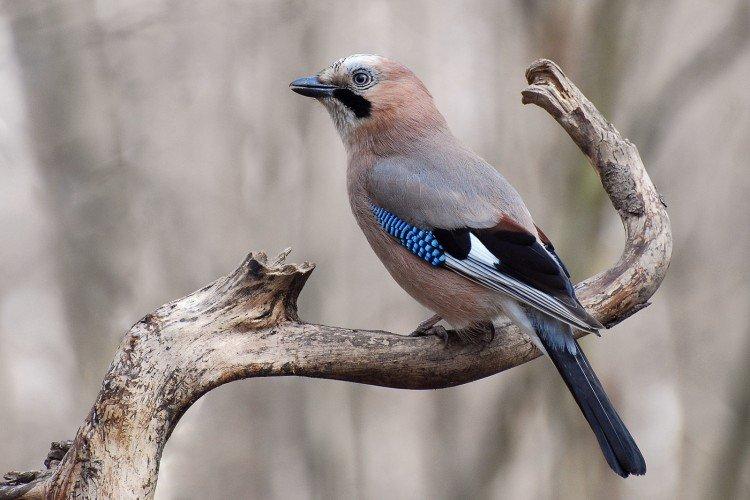
Juveniles: differences
Males and females of jays practically do not differ from each other, except that the males are slightly larger. But very young birds can be distinguished. They do not have such a contrasting and bright plumage, and also have dark brown eyes that turn blue with age.
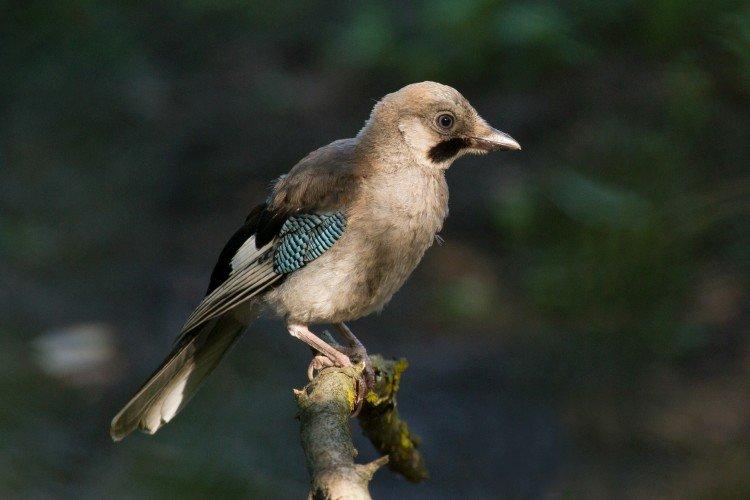
Singing
Their "native" trills of jays are quite specific and resemble a set of sharp grinding sounds. But the bird is superbly trained and can copy almost anything, up to human speech. For this they are called mockingbirds.
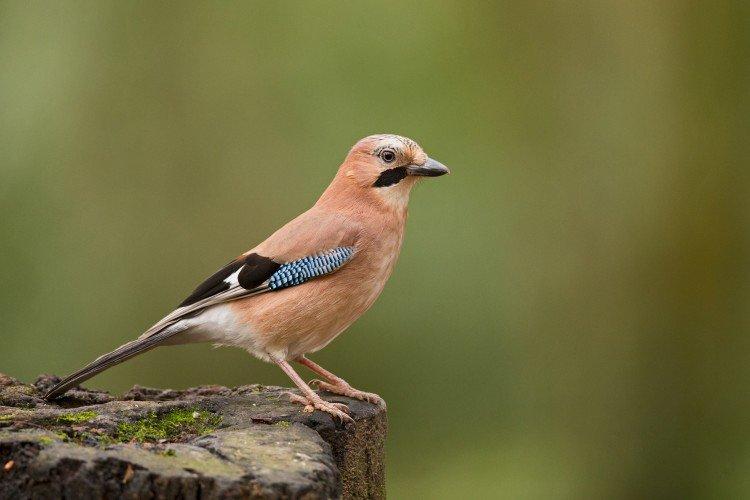
How many jays live
In their natural environment, jays live for 5-7 years, but this period can be extended even 2-3 times. Chicks raised in captivity from early days live up to 20 years. It all depends on how comfortable the conditions are.
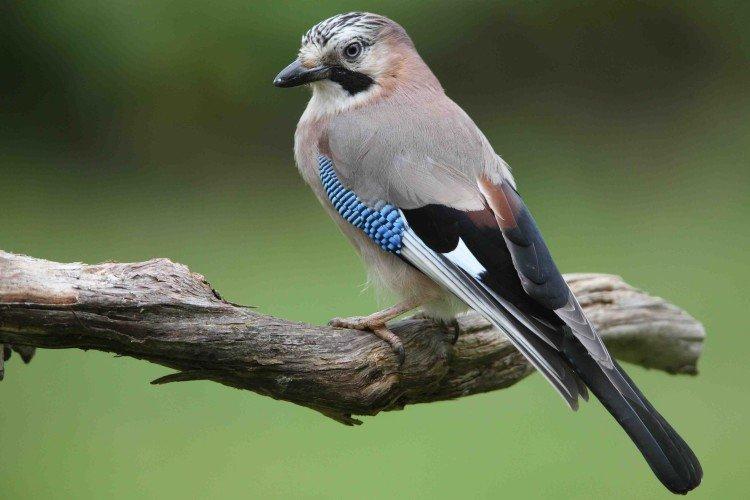
Types of jays
Due to the diversity of species and the ability to adapt to any conditions, jays are one of the most numerous birds in our latitudes. Today we will tell you about the most common types!
Blue jay
Owners of the most expressive crest and bright blue plumage instantly attract attention. Their belly, underwings and undertail are white or gray.
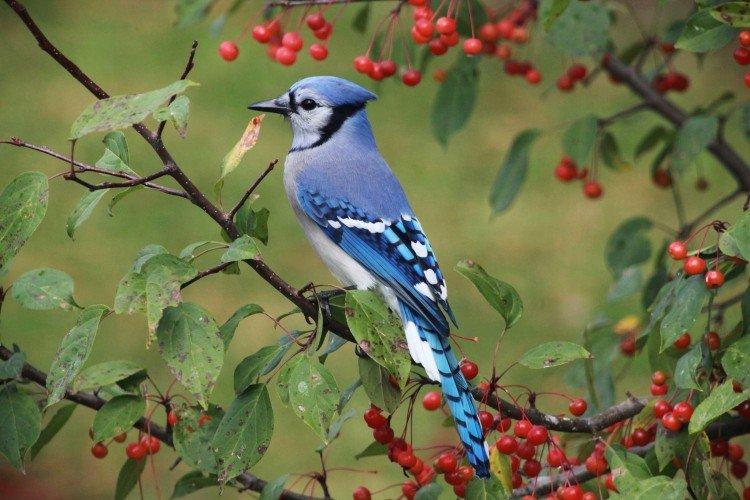
Green jay
It is a warm edge variety and is arguably the brightest and most exotic of all jays. All shades of yellow, green and blue are intertwined in her plumage.
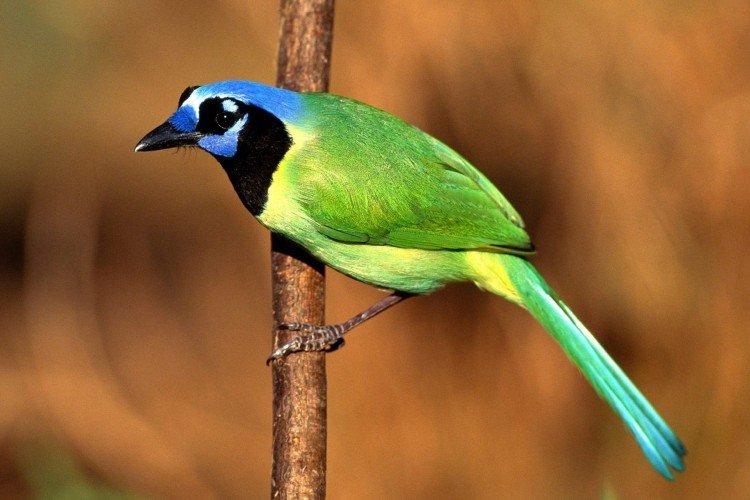
Decorated jay
True exotic in its form, it is painted in a fancy purple-brown hue with white and blue stripes. In contrast, there is a white beak and white legs.
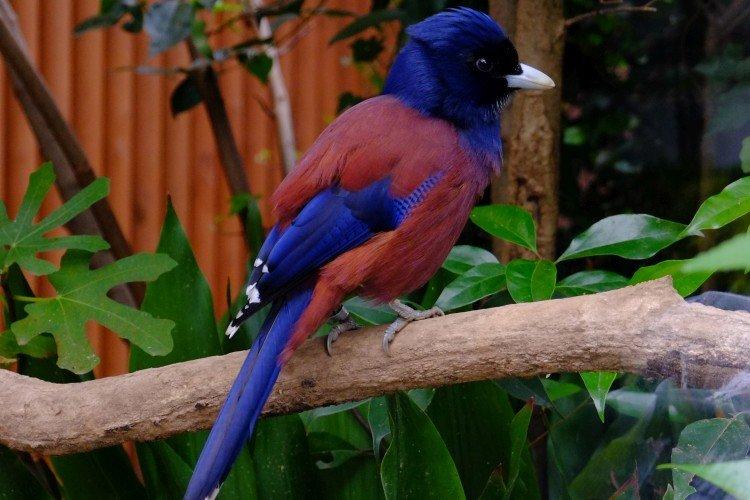
Crested jay
In its black-brown plumage with white accents, there is no blue at all, and this is a rarity for jays. But there is an amazing long crest, thanks to which this bird cannot be confused with someone.
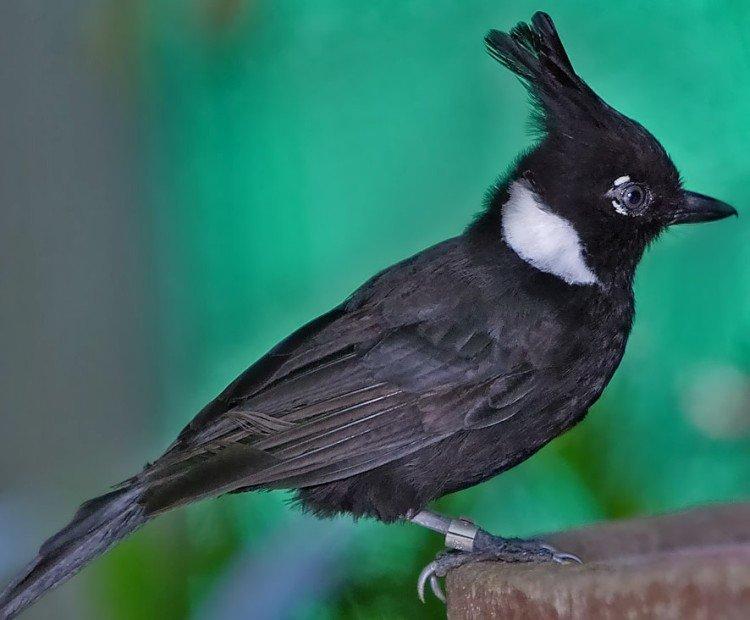
Saxaul jay
Desert inhabitant, which is found only in certain regions of Kazakhstan and Central Asia. They are grayish, with a black tail and wingtips, fly poorly and feed mainly on spiders with scorpions.
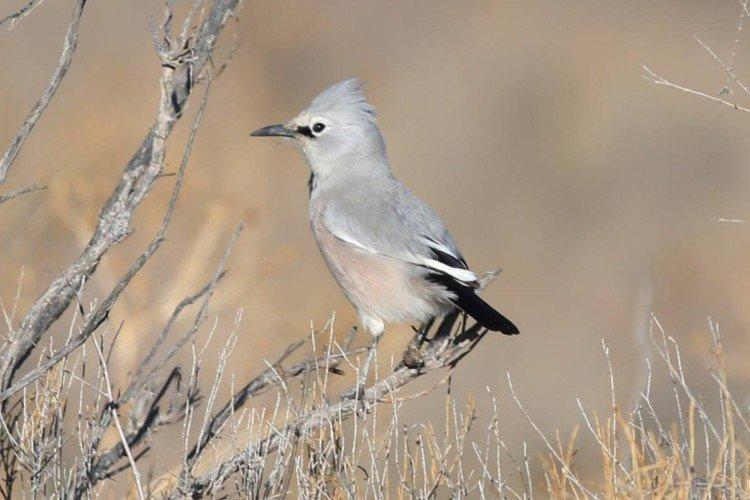
Steller's Jay
It is also called blackhead, and it is completely painted in unusual shades of black and blue. Down to paws and beak. This jay lives mainly in America and feeds on small animals.
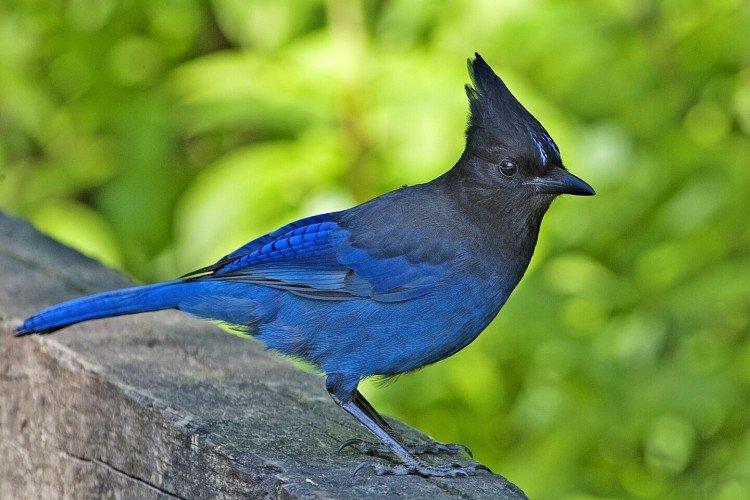
Crested jay
Another owner of an outstanding crest, which resembles either a mohawk or a crown. These jays are black and white with bright orange eyes.
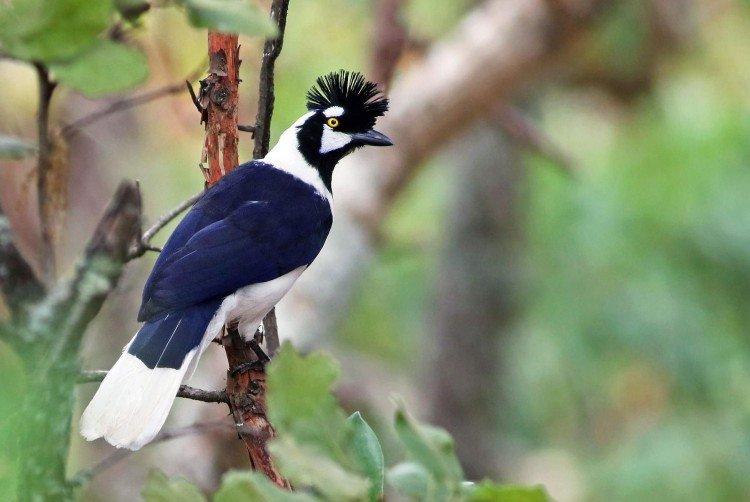
Lifestyle
Jays are mentioned in legends and stories of different peoples of the world. And all because they have always been very common, and have always stood out for their imitation skills.
Habitat
The jay is widespread almost everywhere: from Japan and China through all of Eurasia and up to North Africa.It is not found except in the tropics, because it is a forest bird. They prefer mixed forests for life. By winter, jays often move closer to people in search of food.
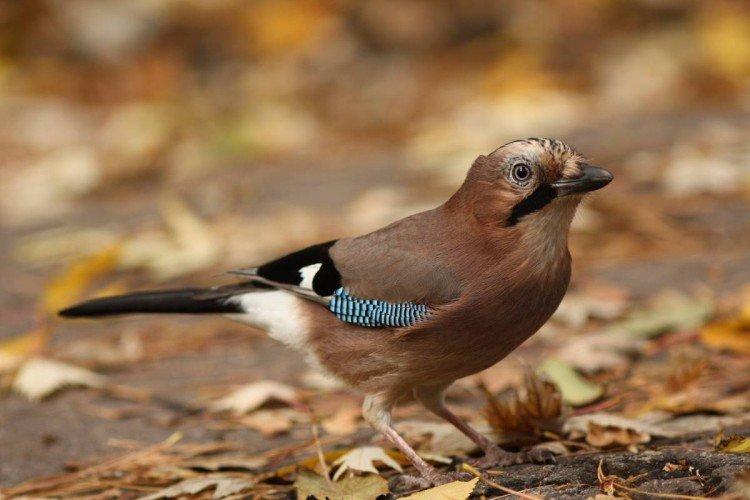
The diet
Jays feed on almost everything. Their strong beak will allow them to crack nuts and acorns, and they also love berries, buds, seeds and peas. In addition, they hunt beetles, caterpillars and larvae, and some species even hunt small rodents and frogs.
Jays are able to store food by carrying it in a small pouch under the tongue. They hide food in shelters and camouflage them with moss and leaves. Surprisingly, such a tiny bird is capable of collecting up to 4 kg of food per season.
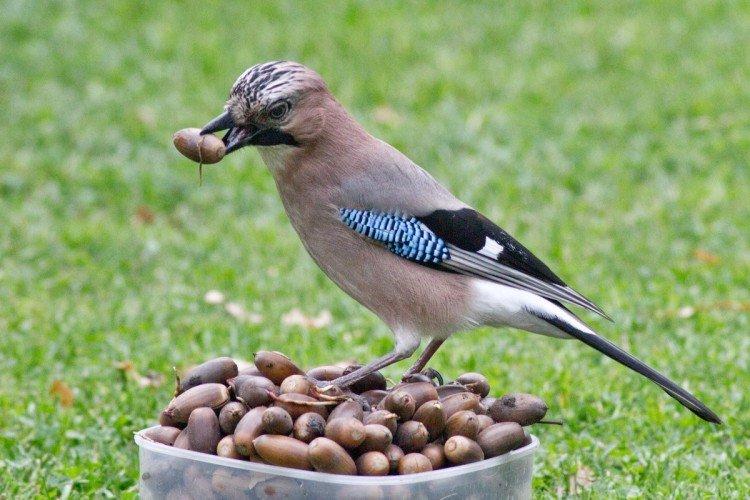
Wintering
Jays are migratory birds, but in fact they do not like to roam from place to place too much. Therefore, in warm regions, they do not fly away for the winter at all. Migrations are associated only with an unsuitable climate or lack of food.
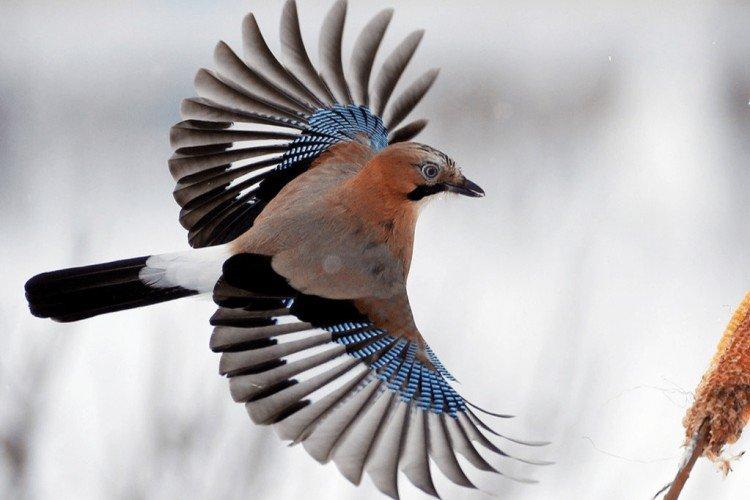
Keeping in captivity
Jays can be kept in captivity, but you need to tame a small chick, because in the case of an adult, this is no longer possible. They can be kept strictly one at a time, in a large spacious cage and with regular walks every 4 hours. Jays love spraying with warm water, but they are completely undemanding to food.
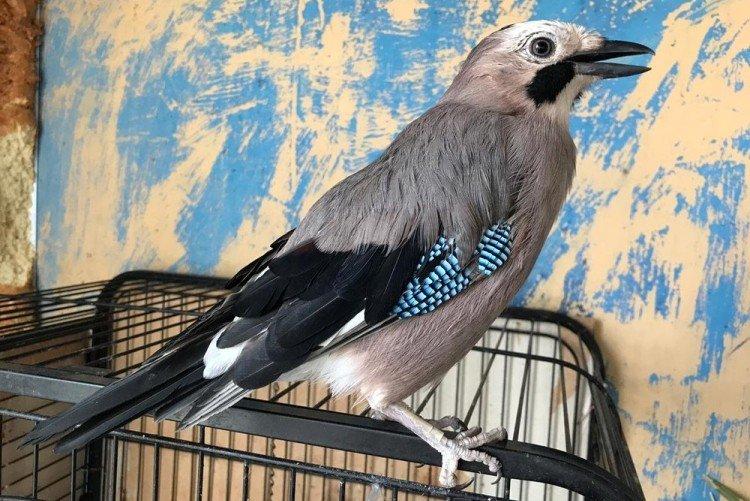
Reproduction of jays
Jays enter the mating season already in the first year of life. In early spring, males compete in their singing talents, attracting females. In April, pairs form a nest, or they can use the old ones from last year.
Most often, jays hide their shelters higher - at a height of 5 m. Closer to the ground, they nest only in dense bushes, where they cannot be found. In a week, a bowl-shaped nest with a diameter of about 20 cm is ready.
One clutch usually contains from 5 to 7 greenish eggs up to 3 cm. If the first clutch was ruined before summer, the female creates another one. The couple hatch chicks in turns, and this is the only time of the year when noisy jays can be called truly silent.
Jay chicks have an excellent appetite, so parents have to try. Otherwise, part of the brood may die. Chicks show independence by 4 weeks, but their parents take care of them all summer.
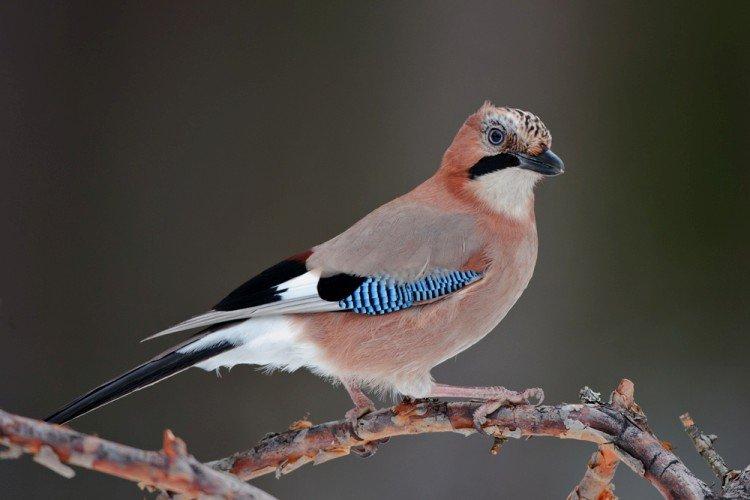
Natural enemies
The jay is itself a dangerous enemy for many small birds, especially during the nesting period. But at the same time, they rarely become objects of hunting for other predators, because they are very careful and timid.
But human activity is a real threat to jays. Shooting, destruction of nests, hazardous pesticides, crop protection traps - all this leads to a decrease in the population.
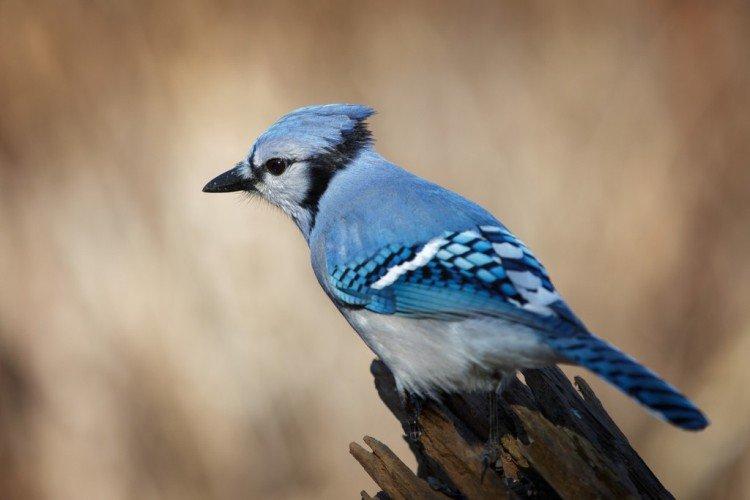
Jay - bird photo
Jays are not just loved for the beauty of their plumage. Just look how adorable they are in their graceful simplicity!
